Enquire Form
How Orthodontists Can Help Treat Sleep Apnea
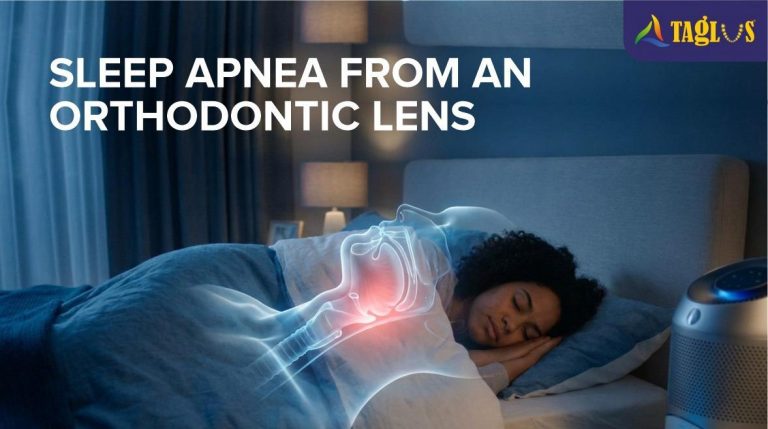
Out of all the disorders that are connected to the oral cavity and dentition, one of the most underrated and still the most chronic problem is Obstructive Sleep Apnea.
Sleep Disordered Breathing is a very broad-spectrum term that includes multiple disorders with various etiologies. However, Obstructive Sleep Apnea is the one that got attention from the dental world, due to involvement of the face and neck muscles.
Since Sleep Apnea is an ENT-driven disorder that involves mispositioning of tissues, dentists and especially orthodontists have a greater scope to treat the symptoms of the condition and can refer the patient to the sleep physician at an early stage.
As we are heading towards a world where patients are equally concerned about their well-being and the orthodontists do not have to convince them of the treatment, the whole journey towards wellness becomes much more successful and predictable.
As patient conversion and knowledge grow, dental clinics are expected to offer guidance, screening, and appliance-based support for sleep-disordered breathing. This makes orthodontists an essential part of the care team.
Here’s a brief idea of how orthodontists help diagnose, manage, and support treatment for sleep apnea.
Understanding Sleep Apnea from an Orthodontic Lens
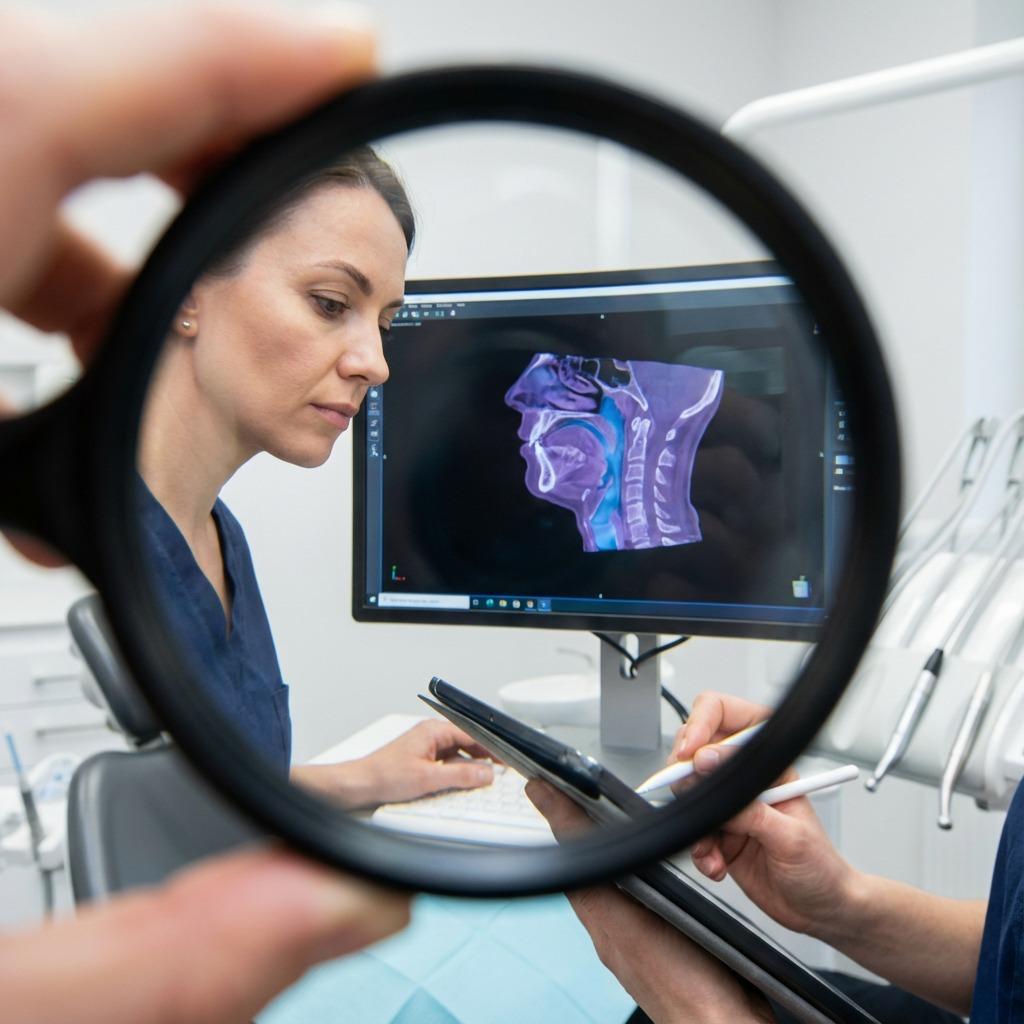
Sleep apnea is mostly diagnosed in its chronic stage. It is very common for the patient to ignore the symptoms, blaming their lifestyle.
Most mild to moderate cases of Obstructive Sleep Apnea (OSA) occur when the upper airway collapses or obstructs the airway during sleep. Sound tissues never become a reason for obstruction, hence it’s important to rectify the malpositioned tissues.
Orthodontists, being one of the key specialists who deal with malposition and occlusions of dental structures, are the first point of contact for many OSA patients, knowingly or unknowingly.
The key oral anatomical contributors to this blockage that can be rectified by orthodontists are:
- Narrow dental arches
- Retruded jaw positions
- High-arched palate
- Crowded teeth restricting airway volume
Practising beyond boundaries: Orthodontic consultations occur far more frequently than sleep-medicine visits, positioning orthodontists as the earliest point of clinical detection. Routine surveillance of jaw growth and oral development enables orthodontists to identify high-risk airway patterns before they escalate into sleep-related disorders.
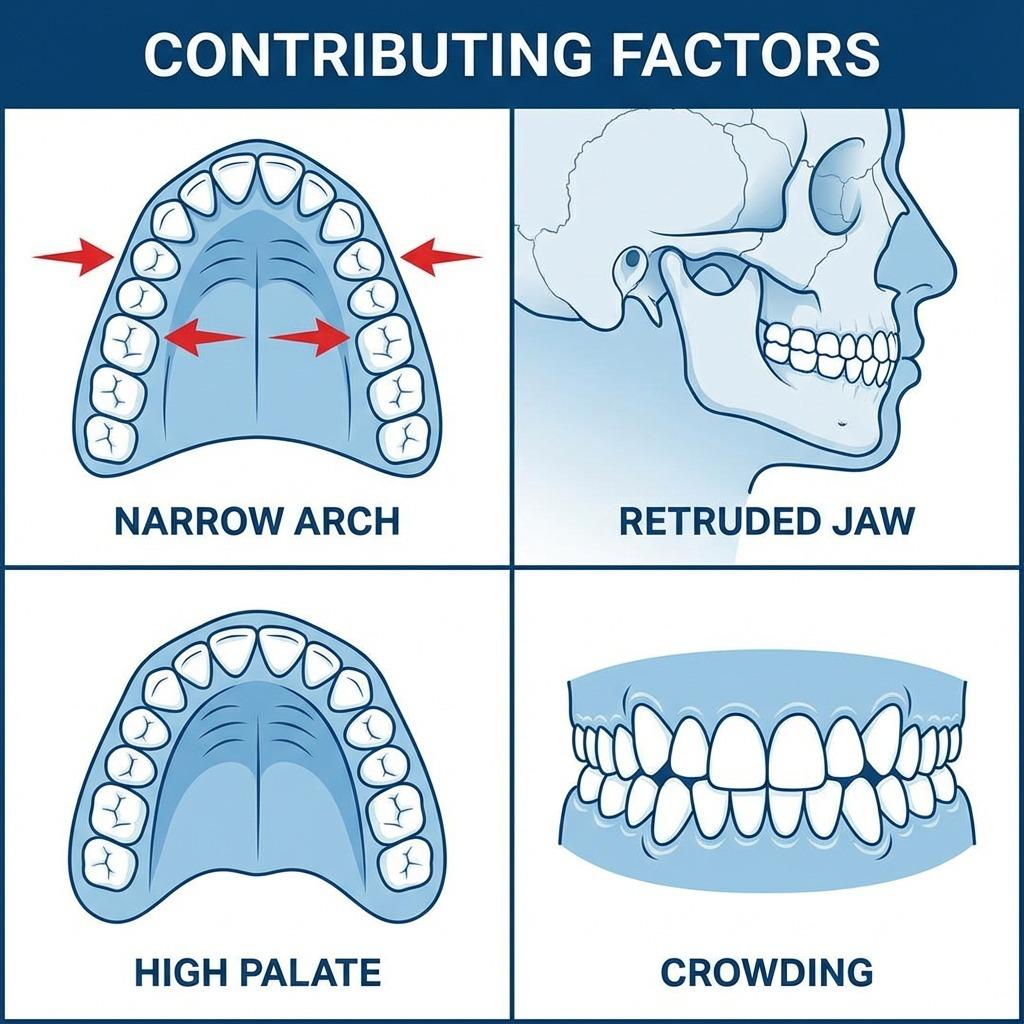
Orthodontists as First-Line Screeners
Before directly referring to the sleep physicians or suggesting oral appliance therapies, it is a mandate for orthodontists to verify and assess the patient thoroughly.
Many patients don’t realize they have sleep apnea. Others dismiss the signs of tiredness or snoring. During routine orthodontic consultations, clinicians can recognize red flags. Orthodontists must also incorporate the habit of taking a broad-spectrum look at the patients’ oral condition beyond their zone of interest.
Here are some clinical signs with oral manifestations that orthodontists recognize;
- Mouth breathing: Mouth breathing causes dry mouth, halitosis, increased cavities and anterior open bite, more prominent in younger patients and children.
- Snoring reported by sleep partners: Continuous Snoring makes a patient more lethargic in the daytime, and irritated and tired patients are not that hard to spot.
- Bruxism: This is one of the important and prominent signs of OSA. Bruxism is diagnosed by attrition and eroded teeth.
- Narrow palate
- Posterior crossbites
- Retrognathic mandible or maxilla
- Enlarged tonsils are visible during intraoral examination.
- Macroglossia
- Tonsillar and adenoid hypertrophy
Early questioning + clinical observation can guide timely referral to a sleep physician for diagnosis.
This screening role positions orthodontists as key contributors to early detection.
Other Symptoms that orthodontists can correlate clinically:
- Nocturnal Symptoms: Nocturia
- Nocturnal sweating
- Nocturnal enuresis, esp. in children
- Diurnal symptoms: OSA in children can sometimes lead to ADHD.
- There is a strong relationship between GERD and OSA
- Obesity is also a big risk of OSA, esp. in people with a BMI> 35 kg/m².
Common orthodontic approaches include:
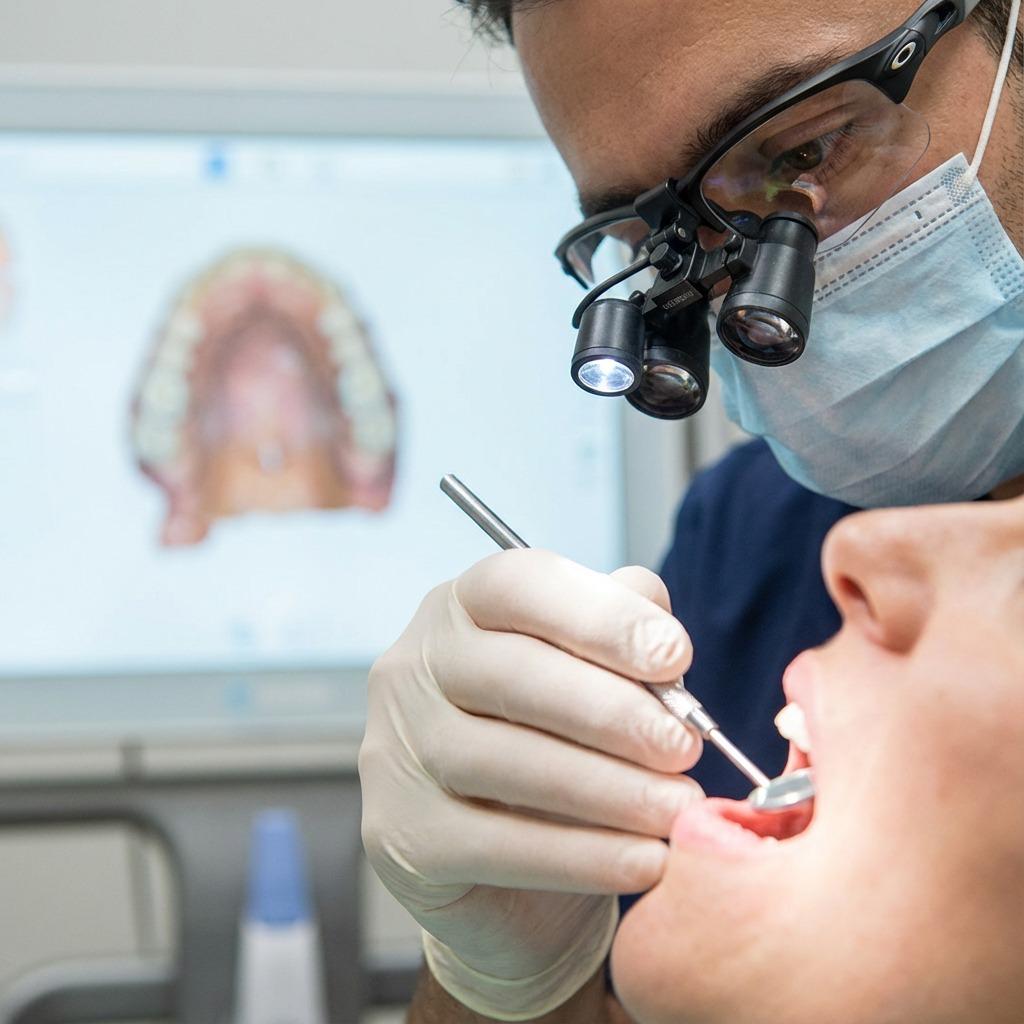
All OSAs are not the same, and they need different approaches to reach the desirable positioning of the tissues that keep them away from blocking the airway. Below are the approaches that Orthodontists can pick up to treat cases with the most suitable modality.
- Rapid Palatal Expansion (RPE) : Widens the maxilla, increases nasal airflow, and improves breathing efficiency.
- Functional Appliances: Devices like MADs help in repositioning the jaw and thus lead to opening the airway.
- Guidance of Jaw Growth: Early intervention helps prevent craniofacial patterns that contribute to OSA later.
For many children, orthodontic treatment becomes a long-term preventive strategy for future sleep apnea.
Oral Appliance Therapy
Adults with mild to moderate sleep apnea often prefer non-invasive options before considering CPAP or surgery. This creates a strong opportunity for orthodontic-driven solutions.
Mandibular Advancement Devices (MADs)
These appliances gently move the jaw forward, preventing airway collapse. Many patients tolerate them better than CPAP.
Clear Aligners with Mandibular Advancement Features
Modern aligner systems allow orthodontists to correct malocclusions while improving airway space through controlled mandibular positioning.
This dual benefit makes aligner-based therapy appealing in adult airway cases.
Correcting Malocclusion to Improve Airway Space
Crowding, deep bites, and retrognathic profiles may worsen breathing patterns.
Aligner therapy allows:
- Arch expansion
- Proclination or intrusion adjustments
- Bite correction
These structural improvements can reduce airway obstruction.
Interdisciplinary Care Matters
Orthodontists aren’t alone responsible for diagnosing sleep apnea and treating directly. A very minute and transparent collaboration is required to deliver the patient a treatment that suits him the best. Orthodontists are helping treat contributing factors, while teaming up with:
- Sleep physicians
- ENT specialists
- Pulmonologists
- Oral surgeons
Orthodontists help stabilize airway anatomy, while medical specialists handle diagnosis, sleep studies, and adjunct therapies.
Why Orthodontic Involvement Is Growing
- Rising awareness of airway orthodontics
- More clinicians recognize the clinical correlation; they get trained to treat OSA with conservative approaches.
- Patient demand for non-invasive options
- Mandibular advancement and clear aligners offer comfortable alternatives.
- More research linking malocclusion and OSA
- Studies show a clear correlation between craniofacial form and airway restriction.
- Technologies like advanced thermoplastic aligner materials
- High-performance materials (like those used in Taglus sheets) enable precise movement and dependable mandibular advancement attachments.
This makes orthodontic treatment more predictable for airway-focused cases.
The Role of High-Quality Thermoplastics
Effective sleep-apnea-related orthodontic care depends on appliance of aesthetic, comfort, strength, and controlled elasticity.
High-performance thermoplastic materials allow:
- Consistent mandibular advancement
- Precise retention and fit
- Durable force application
- Patient comfort (key for nighttime wear)
For orthodontists offering airway-driven treatment, choosing reliable material systems improves outcomes and patient compliance.
In a Nutshell
Sleep apnea is not only a medical diagnosis but also a structural issue that orthodontists are uniquely positioned to influence. By integrating airway screening, growth modification, mandibular advancement, and aligner-based corrections into routine practice, orthodontists can drive meaningful improvements in airway stability and long-term patient health. As airway-focused orthodontics expands, the combination of clinical expertise and high-performance appliance materials will be central to predictable, high-value treatment outcomes.
Know More About Us
SignUp To Our Newsletter And Get To Know More About Taglus
Copyrights@taglus-2025
*Taglus is a trademark of Vedia Solutions





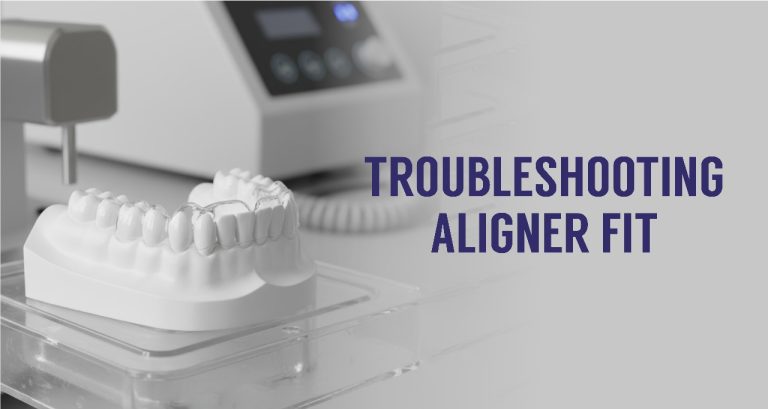



Leave a Reply